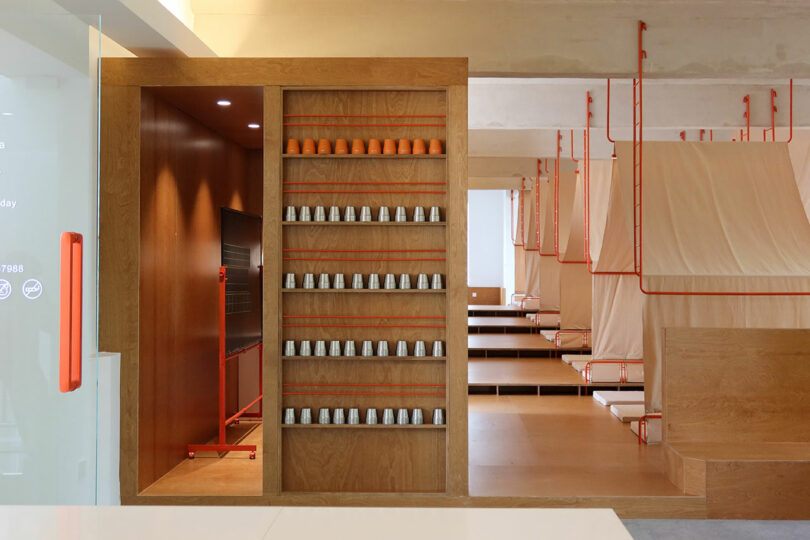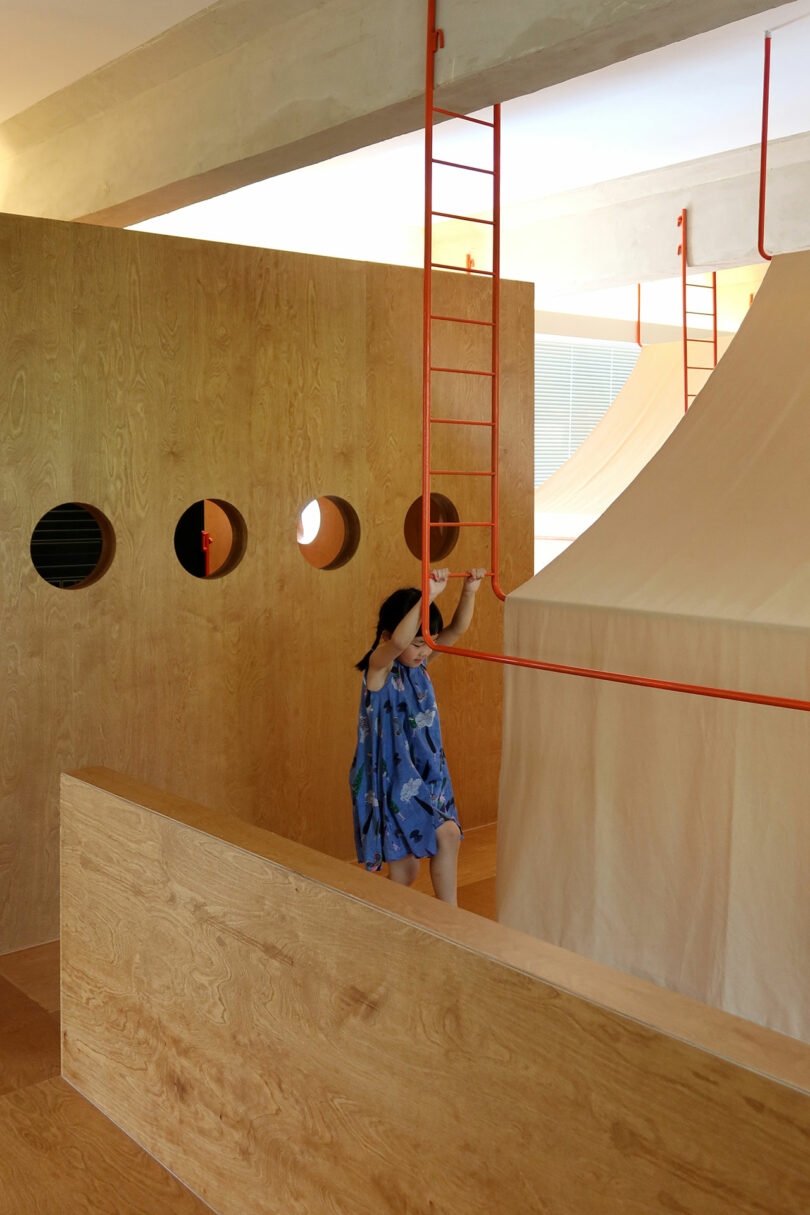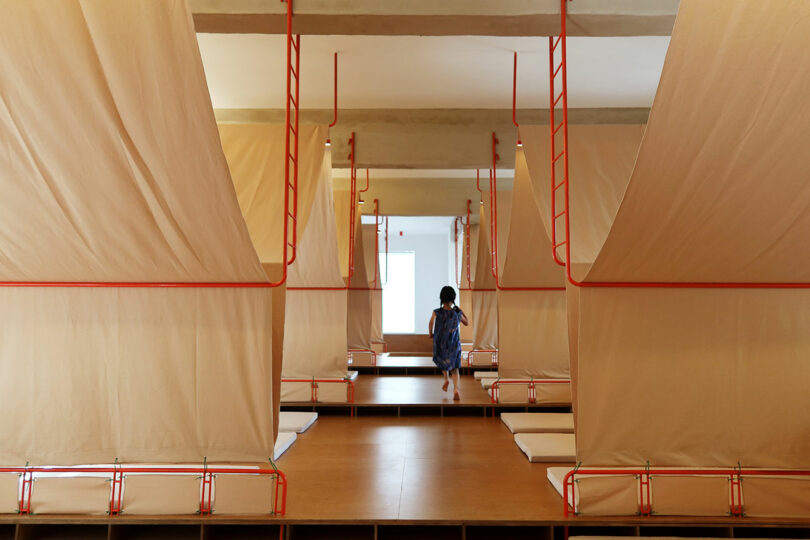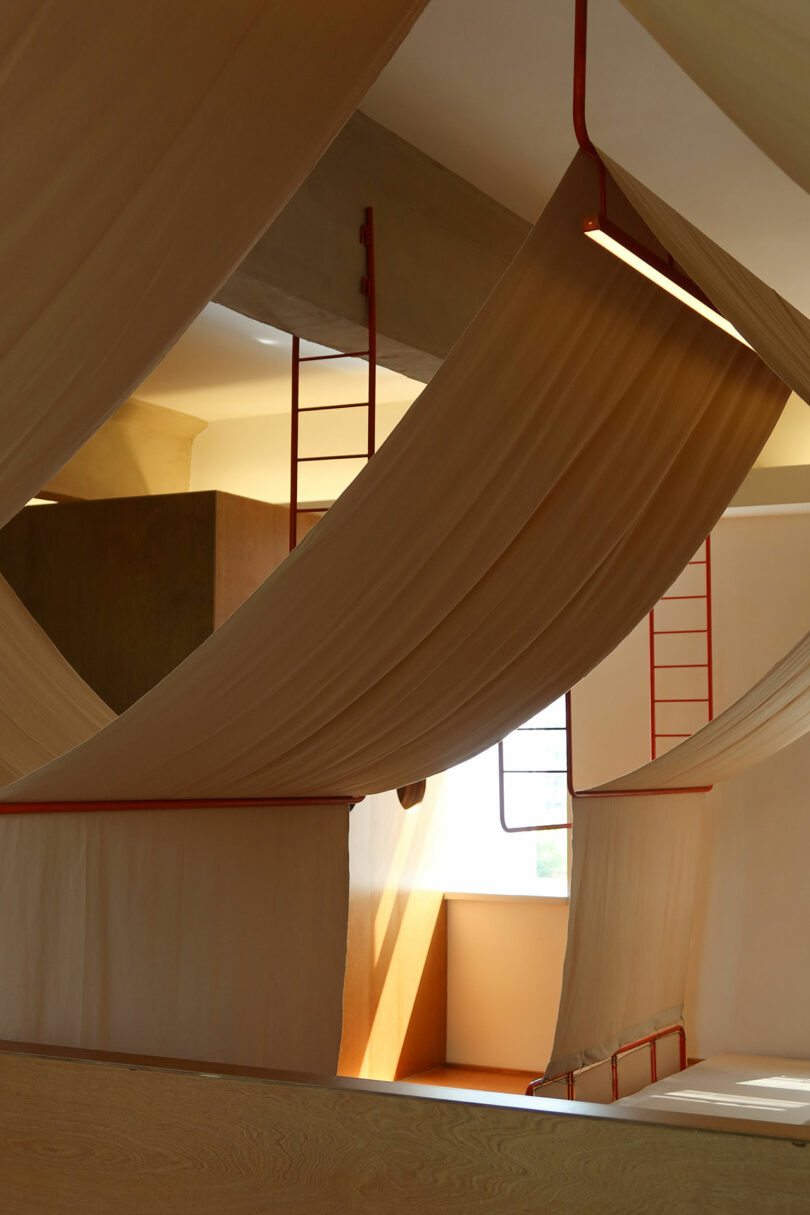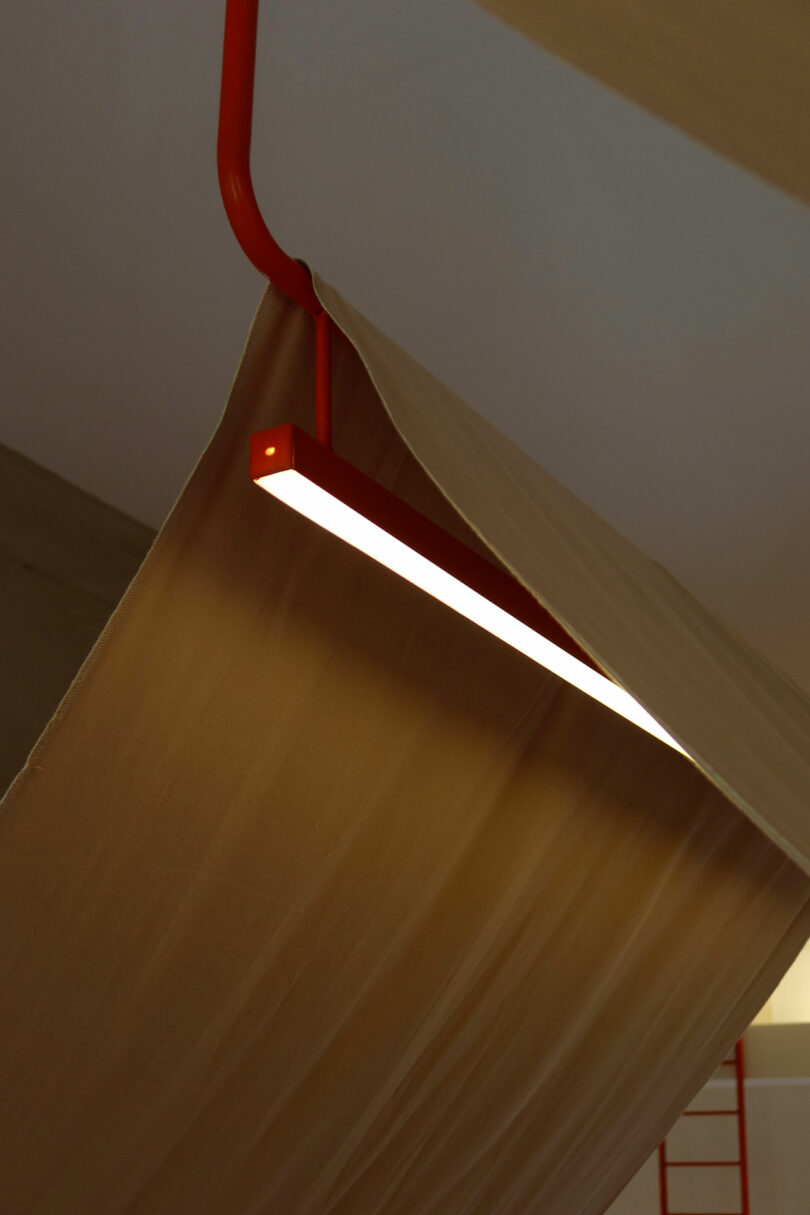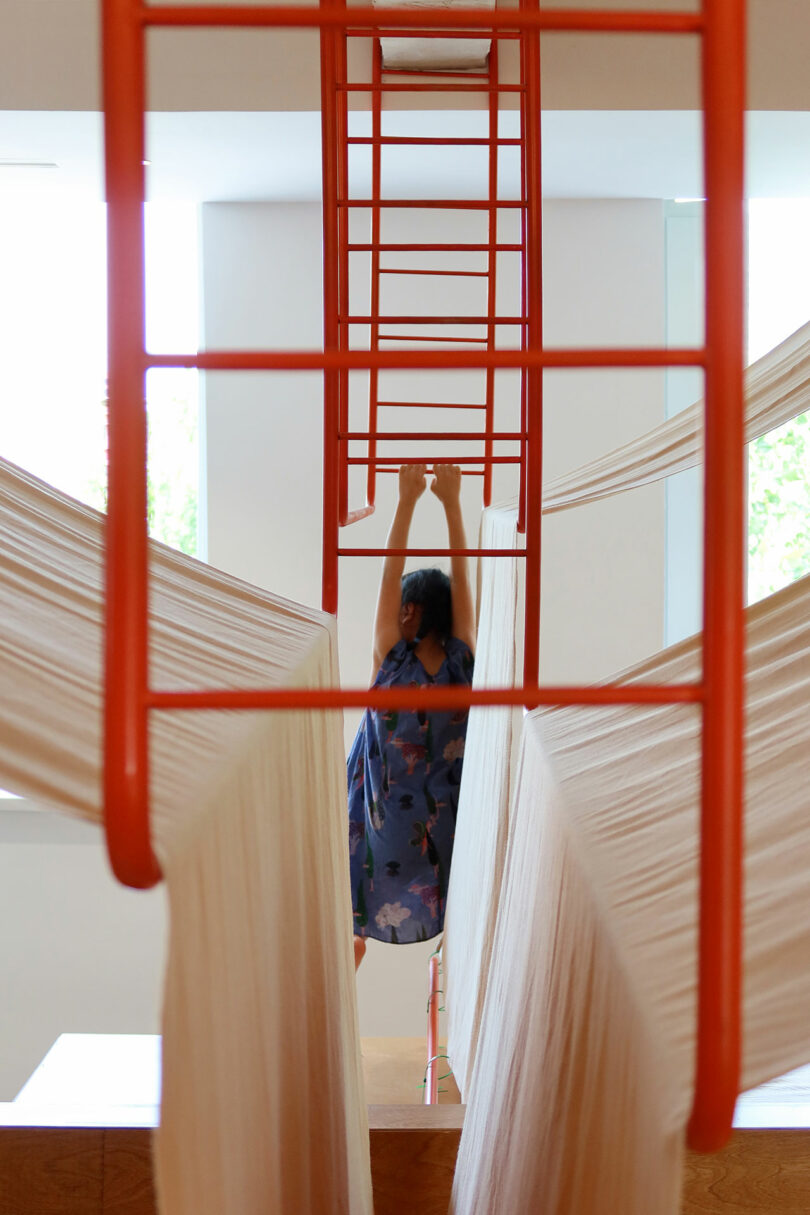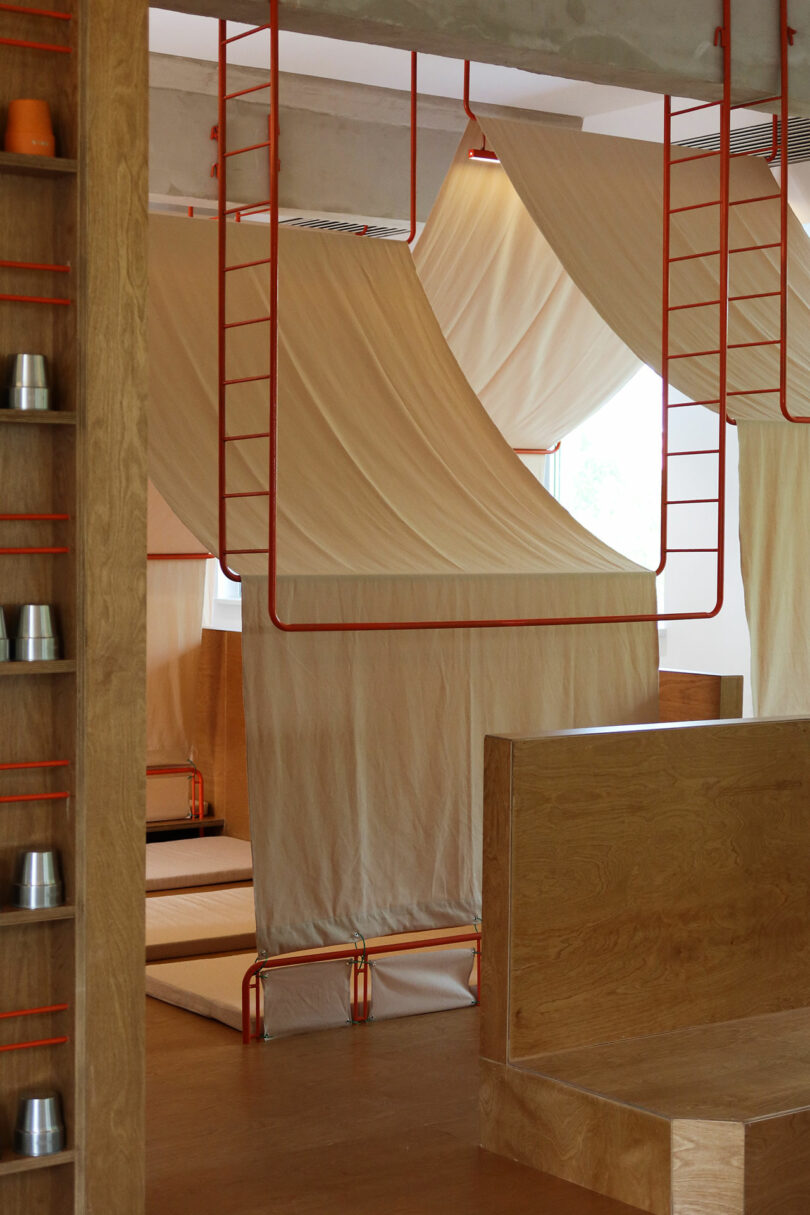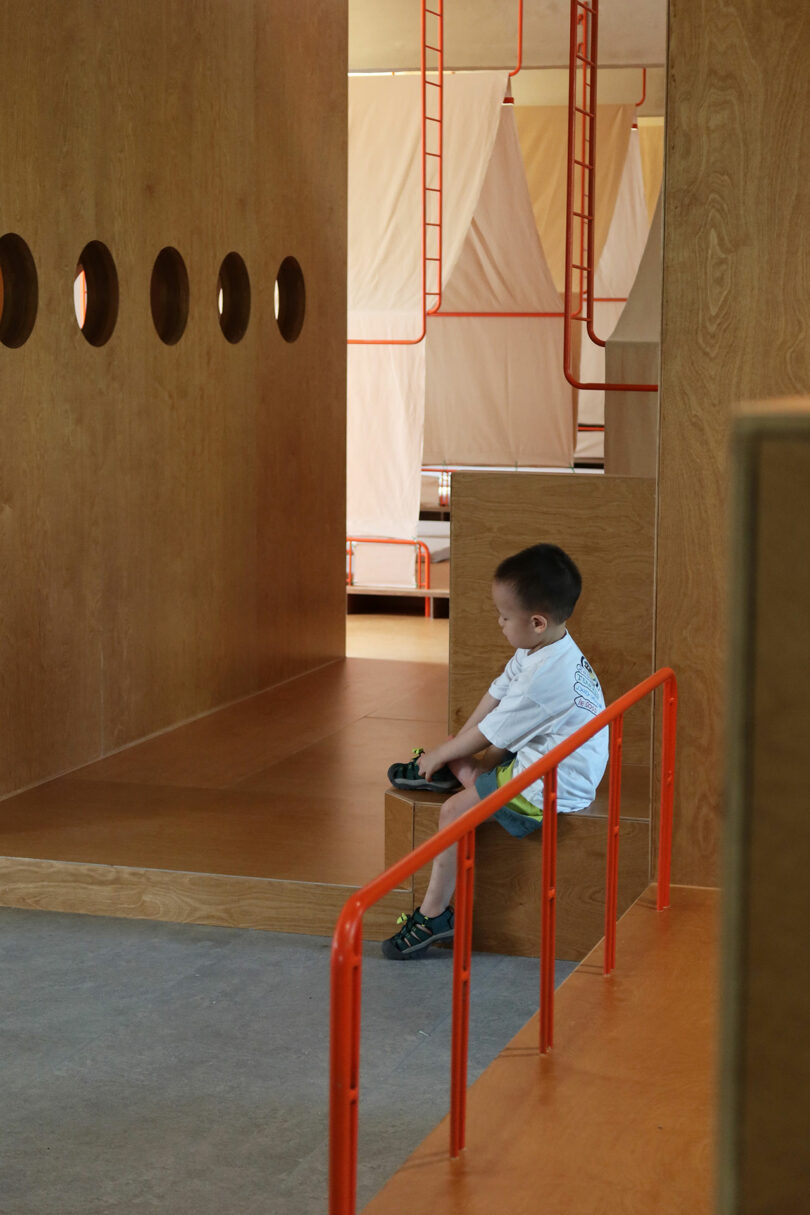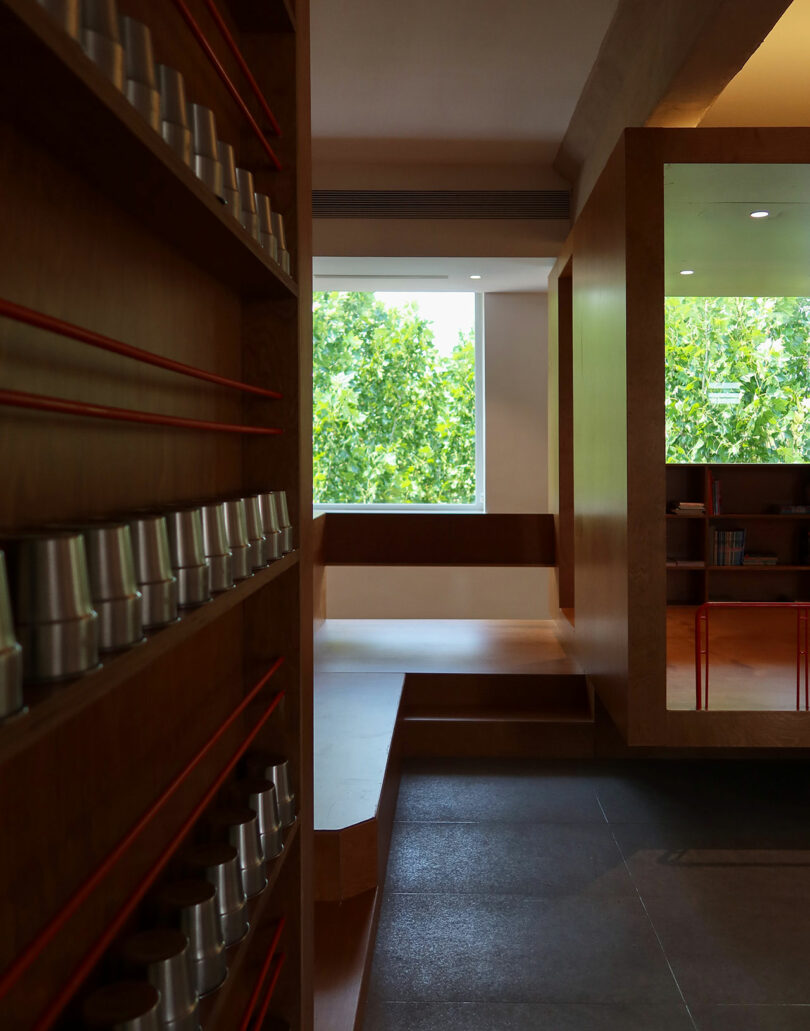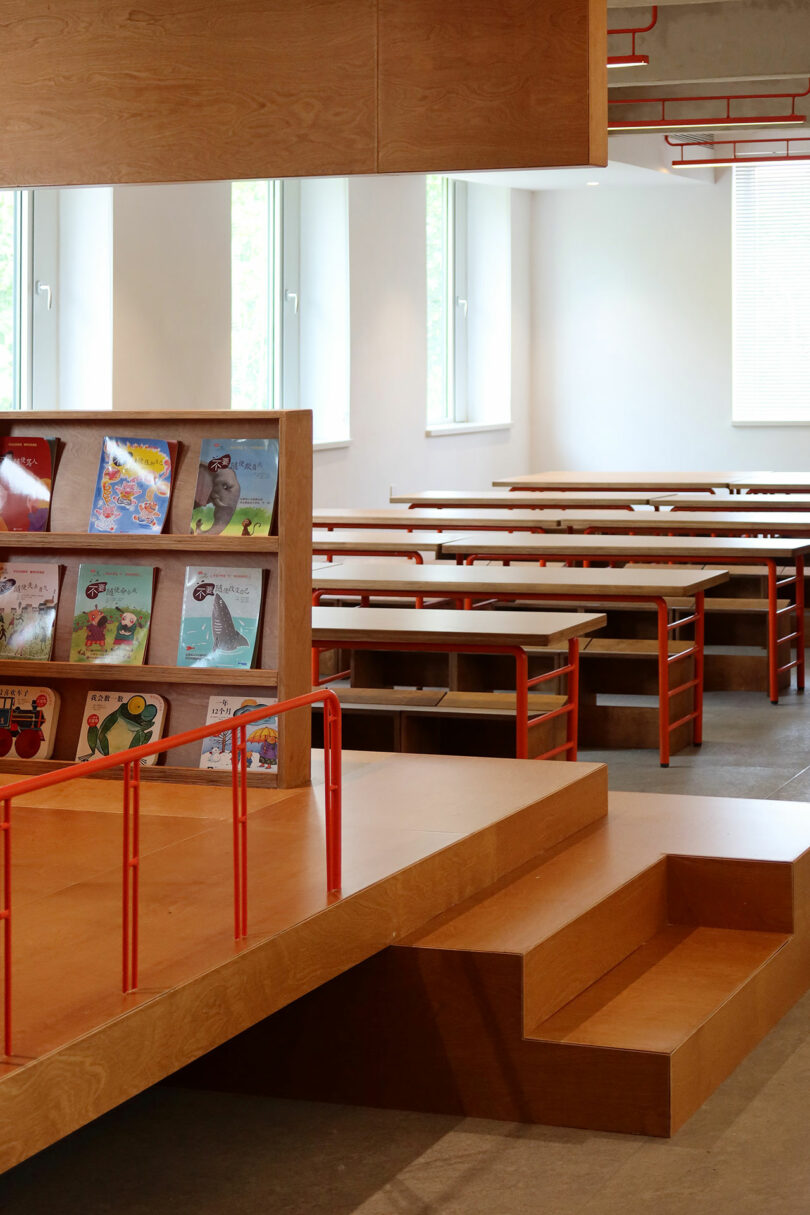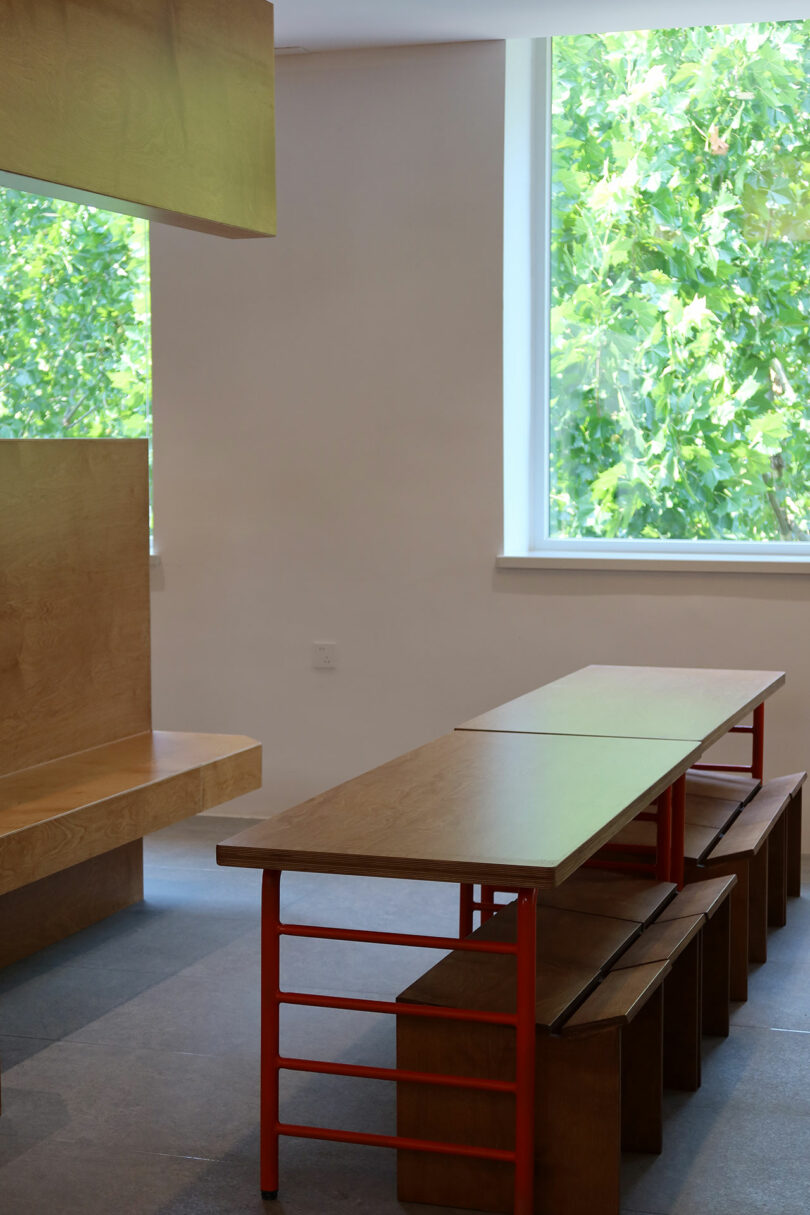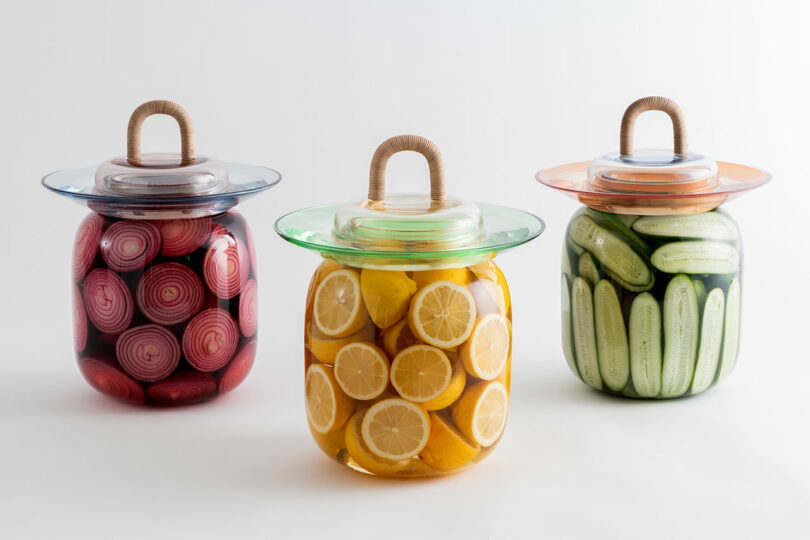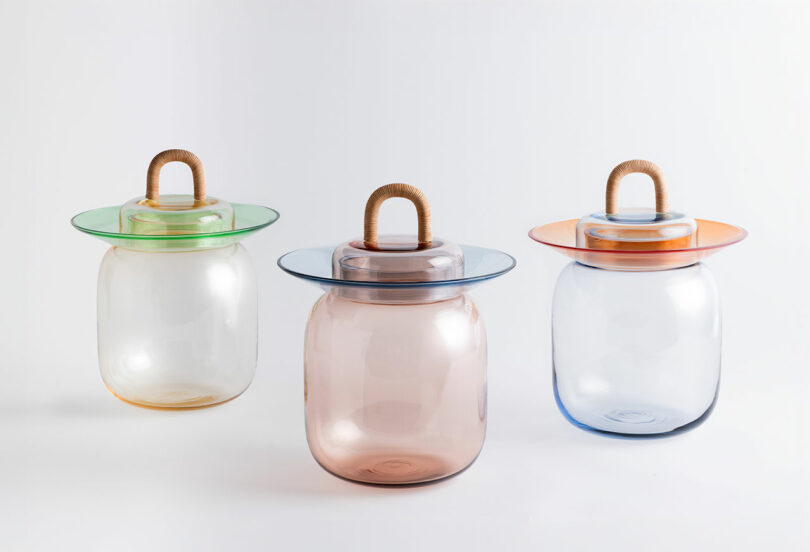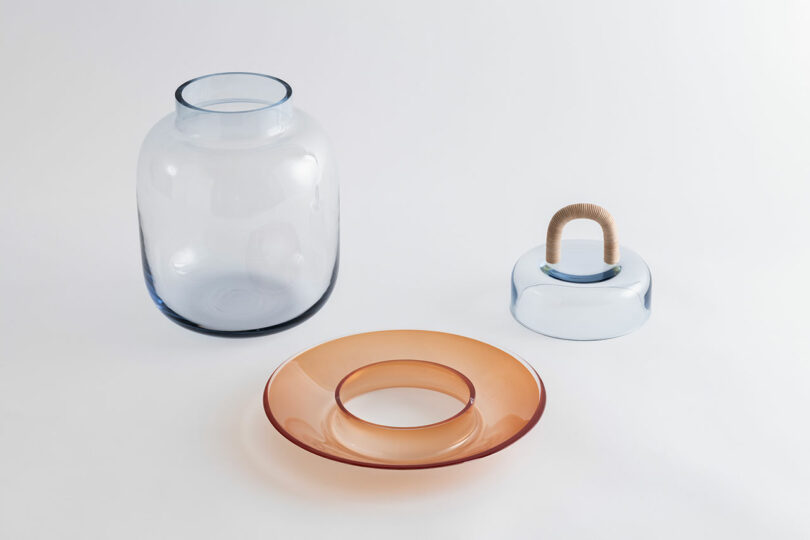
Independent game developer Paolo Pedercini wanted to announce his new game Future? No Thanks! a few weeks ago, but said it was delayed because Steam found a screenshot it planned to share “had suggestive themes.” The screenshot? A low-polygon woman in a short dress with her legs closed together.
Future? No Thanks! was meant to be announced weeks ago but the Steam page didn't pass the first review because a screenshot marked as "Suitable for all ages" had suggestive themes. The screenshot? This one:
— Molleindustria - Wishlist FUTURE? NO THANKS! (@molleindustria.org) 2025-07-30T14:31:04.532Z
Future? No Thanks!’s page did land on Steam, just a little late. “I thought the screenshot flagging was funny because they seem to have interpreted that low poly character as having no underwear, maybe due to the purple color matching the hair,” Pedercini, who releases games under the name Molleindustria, told 404 Media.
According to Pedercini, he had submitted the game to Steam earlier this month, a process which requires a developer to send in a trailer and at least four screenshots that are “suitable for all ages.” He marked the screenshot above as suitable, but Steam rejected it on July 10.
“The trailer does have a suggestive clip with a sexbot, and a hyperbolic disclaimer…so I guess that's fair,” Pedercini said. He pushed back against Steam and asked for a review. “Both reviews took more than a week, which I think it's longer than usual. I wonder if they were figuring out how to respond to the payment processor deal.”
Pedercini’s problems with Steam came at a time when the platform was facing pressure from credit card companies to remove adult games from its platform. Earlier this month, the credit card companies Visa and Mastercard pressured video game distributors Steam and Itch to remove adult games from their storefronts.
The payment processors themselves were bowing to a pressure campaign from the organization Collective Shout, which describes itself as being “for anyone concerned about the increasing pornification of culture” and which argued that many of the adult games normalized violence against women. But a lot of games with queer themes were kicked off Itch and Steam as part of the purge, and it’s not always clear what the lines are and who is drawing them.
“We live in a golden age of independent cultural production, but digital distribution is still extremely concentrated. There are a handful of entities that can instantly make huge swaths of digital culture disappear,” Pedercini said. “We thought digital marketplaces like the Apple Store were the main agents of market censorship, but now we've found out there are even more monopolistic companies upstream from them.”
Those upstream monopolies, pressured by outside lobbying groups, are now defining what can and can’t be said online. Payment processors have pushed other kinds of content to the margins before, video game storefronts are just the latest example. “Such marketplaces may default to freedom of expression because it's cheaper to not moderate content, but they will easily bow to calls for censorship because it's less trouble than advocating for controversial products. It cuts both ways: a few years ago, major online stores removed products showing the Confederate flag,” Pedercini said.
“Conservative groups are willing to exploit these vulnerabilities and are trying to put illegal content such as child pornography on a continuum with porn and queer representations,” he added. “I think they genuinely believe that homosexuality is in the same set as bestiality or rape, as something forbidden by the Bible or whatever, but we can't let that view be enshrined into law or into commercial content guidelines.”
Pedercini has been through something like this before. His 2007 game Operation: Pedopriest, a game about the well documented abuse of children in the Catholic Church, earned the ire of an Italian Christian group which accused the game of depicting virtual child pornography. “The accusation immediately lead the provider to shut down the site, legal charges, and a point of order all the way up to the Italian parliament,” Pedercini said.
Gamers, a group that can be particularly aggressive when politically activated, have launched a counter-pressure campaign on the payment processors. It’s too early to tell if Visa and Mastercard will bend to gamers the same way it did to collective shout.
The future of video games as a form of cultural expression is at risk of massive damage. “The status of video games as culture is still being negotiated. If thematic restrictions like the ones defined by itch.io were to be applied to movies or books, limiting their distribution, it would be major news immediately,” Pedercini said. “Arguably, most video games are currently moving away from culture and morphing into pseudo-cultural objects like slot machines, or apps for wasting time and feeling nothing. The problem is that those of us who still make video games as some kind of artform will be caught in the dragnet.”
Steam did not immediately respond to 404 Media’s request for comment.
Most daycare centers feature the typical rainbow of primary colors and cheery graphics borrowed from the world of cartoon characters. For the DEYA Day Care and After-School Center, 11-Design looked to an unlikely source for inspiration – a campsite in the great outdoors.
Located in Yantai, China, the 2,906-square-foot daycare center for children ages six to 12 was envisioned as a nurturing environment for young learners. The principals decided on a key central element that they had utilized in concepts for adults, also suitable for small, active bodies. “We’ve previously worked on several farm and camping projects that included outdoor tents, and we noticed that children were naturally drawn to them,” says Li Xiaosi, co-founder of 11-Design.
The teacher’s office and reception area sit near the center’s entrance, with circular openings to allow for easy supervision. A central wooden box serves as both a partition and a cozy nook. The kitchen and bathroom are tucked into sections without windows to maximize circulation efficiency.
Furnishings and handles are made of cost-effective, locally sourced materials like birch plywood. A wood board on a frame becomes a desk, while angled pieces are used as easels. These transformations celebrate the essence of everyday objects and are sure to spark imagination.
A canopy is the basic unit throughout the third-floor space, not only for simple shelter, but also a symbol of fun. Yet when Xiaosi and co-founder Cao Rong began to look at off-the-shelf tents, they were either ill-fitting or not the right size for the interior.
The team decided to develop a custom system of off-white canvas tents, metal frames, integrated lighting, and platforms. Each of these elements are combined to make intimate, multifunctional shelters where children can play, rest, or read a book.
Made of canvas, the tents are supported by steel frames in an orange color, which the children can also hang from. The designers selected the accent hue, which reminds Xiaosi of sunshine, because it reflects the joy of youth and has a cheerful vibrancy.
Elevated platforms of varying heights create the stepped layout. This scheme addresses floor-level differences and also introduces routes that are perfect for exploration. Edges double as open bookshelves, and then by afternoon, with cushions placed on top, they convert to beds for nap time.
By utilizing tents instead of relying upon conventional spatial divisions, the studio has produced a flexible solution that can be reconfigured as needed. The smaller units give a student privacy as well as their own designated area, a key to well-being. “With their lower height and enclosed form, tents offer a better scale for children and provide a sense of security through their cocoon-like atmosphere,” Xiaosi notes.
Currently, 11-Design does not have a website or social media presence, but can be contacted via email at design_11@126.com.
Photography by Cao Rong.
Victorinox, the brand synonymous with the Swiss army knife, recently unveiled one of its most refined models to date: the Special Companion Damast Knife 2025. Founded in 1884 and still based in Switzerland, Victorinox continues to be celebrated for its quality and precision. Its iconic, and reliable, red pocketknife has been trusted by everyone from adventurers to everyday users. Now, with this latest release, the company showcases its ability to blend luxury design with its trademark functionality, crafting a limited-edition piece that appeals to everyone, even the most discerning aesthetes.
The design of this model is particularly impressive. The body of the knife features a smooth, white-speckled Corian handle – an elegant, durable material typically reserved for upscale interiors. This gives the tool a clean, polished look that contrasts beautifully with the distinctive pattern of the main blade. That blade, like those found in previous Damast editions, is forged from ultra-high-quality Damasteel. With a Svavner pattern running across its surface and a Rockwell hardness rating of 60 HRC, it offers both visual intrigue and practical durability. This kind of hardness means the blade is engineered to maintain a razor-sharp edge far longer than those made from standard metals.
In true Victorinox fashion, the knife offers much more than its luxe appearance. Alongside the Damasteel main blade, the tool also includes a smaller secondary blade, a corkscrew, a box opener with a 3mm screwdriver, a bottle opener with a 6mm screwdriver, and a wire stripper. For added utility, it features a reamer, punch, and sewing awl, along with a pair of scissors and a multipurpose hook. A key ring rounds out the compact yet capable profile of the knife.
Only 7,000 pieces of this special edition knife will be produced worldwide, and each will come individually numbered to confirm its authenticity. A certificate of authenticity is also included in the packaging, highlighting its status as a collector’s item.
You can learn more about the Victorinox Special Companion Damast Knife 2025 or purchase it for $280 at victorinox.com.
Photography courtesy of Victorinox.
By now, most have come across a pickle martini, pickle beer, or my favorite, a spiked pickle lemonade (recipe below!) – that unexpectedly delightful, tangy, and surprisingly refreshing drink that captures the essence of warm weather enjoyment. But what if you could keep that summer feeling, and that unique flavor, alive on your counter all year long? It turns out, you can, and it involves a fascinating blend of ancient wisdom, intentional living, and brilliant design.
The idea of living without constant refrigeration might seem radical in our modern world, but it’s a concept rooted in ingenious historical practices. Cultures worldwide have long relied on methods like salting, smoking, and fermentation to preserve food, transforming perishable ingredients into lasting delights. These techniques aren’t just about survival; they’re about maximizing flavor, creating complex profiles, and fostering a deeper connection to our food. This brings us to a design solution that embodies these principles and invites them into your daily routine.
KEEP, a striking fermentation vessel designed by LAYER design studio in collaboration with Orrefors, elevates preservation to countertop art. Unveiled at Milan’s concept boutique 10 Corso Como, KEEP reimagines food preservation as a captivating countertop ritual. Crafted from elegant, mouth-blown glass with leather accents, KEEP creates an airtight, self-regulating environment that’s perfect for fermenting vegetables, fruits, and more. It’s a testament to sustainable living – no electricity, no waste, just the quiet magic of nature at work.
Benjamin Hubert, founder and CEO of LAYER, and a judge for the 2025 Fast Company Innovation by Design Awards, pushes functionality, logic, impact, and beauty to his studio’s designs. KEEP excels on every front. Its minimalist elegance is a nod to ancient forms, yet it offers a forward-thinking vision for resource-conscious food storage. Far from being relegated to a pantry or a hidden corner, KEEP is designed to be displayed. It invites you to witness the fascinating process of fermentation unfold, turning a practical task into an aesthetic pleasure and an ongoing conversation piece in your kitchen.
With KEEP on your counter, you can continuously ferment lemons and cucumbers, ensuring you always have a fresh batch of tangy, probiotic-rich ingredients at your fingertips. It’s about embracing the vibrant, sometimes surprising, flavors that fermentation unlocks, making them a consistent part of your culinary repertoire. KEEP reminds us that good design transcends mere utility. It elevates essential practices into daily rituals, inviting us to slow down, engage with our food, and savor delicious moments year-round. It’s about keeping that pickle lemonade summer vibe alive, one beautifully fermented batch at a time.
Now, here’s a refreshing Pickle + Preserved Lemon • ade Cocktail recipe, a perfect blend of sour and savory:
Pickle + Preserved Lemon • ade Cocktail
Makes 1
Ingredients:
– 2 oz tequila blanco
– 1-1/2 oz preserved lemon juice (and mashed rind)
– 1/2 oz dill pickle brine
– 1/2 oz agave or simple syrup (to taste)
– 1 oz sparkling water
– Ice
– Garnish: pickle spear, dill flower, or preserved lemon slice
Instructions:
– Combine all ingredients (minus the sparkling water) in a shaker with ice.
– Shake well and strain into a rocks glass over fresh ice.
– Top with sparkling water, garnish, and serve.
Enjoy!
KEEP photography courtesy of LAYER.

In late May, Apple announced what seemed on its face to be a big, positive development for iPad owners: It was going to begin selling repair parts for iPads to the general public, which is a requirement of a series of new right-to-repair laws. “With today’s announcement, we’re excited to expand our repair services to more customers, enabling them to further extend the life of their products—all without compromising safety, security, or privacy,” Brian Naumann, Apple’s vice president of AppleCare, said in a press release announcing the move.
The announcement was generally covered positively by the press: “Save Money, Make Your iPad Last Longer,” a Forbes headline read, for example. But independent repair professionals who have used the program told 404 Media that the prices Apple is charging for some repair parts are absurdly high, and that this functionally means that the iPad is as unrepairable as it has always been.
“As is typical for Apple, they’ve been pushing and testing the limits as time has gone on, and now they pushed too far. There are plenty of other examples of absurdly priced parts from Self Service, but these iPad parts are by far the worst,” Brian Clark, the owner of the iGuys Tech Shop, told 404 Media.
“For years, Apple effectively considered the iPad non-repairable. They did not offer any repairs on iPads, and Apple authorized service providers were not allowed to do iPad repairs of any kind, so this was a huge shift in their view of iPads. I was excited until the day they actually put the parts up and seeing the ridiculous prices of things, it was really, really disappointing,” Clark added. “It kind of sends the message that they don’t really want iPads to be repaired.
Clark points out that a new charge port for an iPad Pro 11, a part that goes bad all the time, costs $250 from Apple. Aftermarket charge ports, meanwhile, can be found for less than $20. “It’s a very basic part, and I just can’t see any reasonable explanation that part should be $250 from Apple,” he said. “That’s a component that probably costs them a few dollars to make.”
Clark said a digitizer for an iPad A16 is $200. That part can be bought from third-party suppliers for $50, and the iPad A16 sells brand new from Apple for $349, Clark said. The replacement screen assembly for an iPad Pro 13 costs $749 from Apple.
Jonathan Strange, the founder of XiRepair, put together a spreadsheet of all the new parts and found that more than a third of the iPad parts Apple is now selling are not being sold at a price that is economically viable for independent repair shops. The way he calculated this was by taking the price of the part, adding in $85 for labor and a 10 percent profit margin for a repair shop. If the total repair cost was more than half the price of buying a totally new device, he considers it to be not economically viable.
“Almost NO iPads with multi-repair needs (meaning an iPad has a cracked screen and needs a battery, for example), is a viable option when using only genuine OEM service parts,” Strange said.
Strange said that when analyzing iPad part prices, he found that nearly every part seemed to be correlated with the replacement value of the device versus what the part should probably actually cost.
“I don't believe Apple prices parts based on their cost to manufacturer plus a small margin, I fully believe they are pricing parts based on retail replacement cost of the device. Apple seems to keep almost all their repair parts plus an average shop's labor right at about 50 percent of the replacement cost of the device. I believe they do this to discourage repair,” Strange told 404 Media. “It doesn’t cost $250 or even $100 to manufacture a charge port cable, but I believe Apple is charging this because they know if the price is high enough no one will buy it. If right-to-repair laws force them to sell parts they'll do it but they will make them super high.”
It’s not clear what, if anything, can be done about Apple’s iPad part pricing. State right-to-repair laws require companies to sell parts to the public on “fair and reasonable terms,” but it’s not clear whether Apple’s iPad part prices are egregious enough to be out of line with different state laws.
Nathan Proctor, head of repair for the consumer rights group US PIRG, told 404 Media that Apple’s pricing is not competitive in many cases. “If Apple wants repair shops to use their brand-name parts, they should be more competitive in how they price them,” he said. “Some of the problems that we have is that Apple has long treated the iPad as a non-repairable product, despite the fact that many independent shops fix them. I expect iPad repair to get better over time, and there is more thought in the design process to repair—another positive development driven from progress on right-to-repair.”
Strange echoed this sentiment, and said that regardless of the sometimes absurd pricing, the program is a good start because “Apple has never repaired iPads.”
“Apple hasn't repaired their iPad products not because they aren't repairable, but because Apple's network of retail shops can't handle the complexity. A geek squad or genius bar employee at an Apple store doing an iPad repair is like a Ford sales rep doing a Ford transmission replacement—it would be a disaster due to complexity, differences in training and just lack of experience,” Strange said.
“Imagine the average customer breaks their iPad, goes to their nearest Apple store only to be told that they have to mail it off and they will replace it with a new one, only to have a friend tell them that a local repair shop that's partnered with Apple can do it in house the same day,” he added. “I believe that Apple being forced to service iPad parts will ultimately break their service model: either they admit that independents have skills their average retail worker doesn't have or they will damage a whole lot of customer's iPads over the coming months.”
Apple did not respond to a request for comment.



